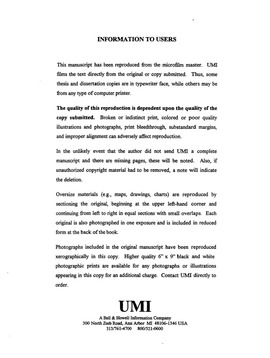| dc.contributor.advisor | Wiggins, Michael L., | en_US |
| dc.contributor.author | Striz, Elise Ann. | en_US |
| dc.date.accessioned | 2013-08-16T12:30:03Z | |
| dc.date.available | 2013-08-16T12:30:03Z | |
| dc.date.issued | 1998 | en_US |
| dc.identifier.uri | https://hdl.handle.net/11244/5641 | |
| dc.description.abstract | Application of the model is demonstrated in a computer program which is used to evaluate hypothetical field cases of varying producer/injector combinations and user defined abandoned well location and conditions. The results clearly demonstrate the impact of the evolving pressure distributions in the reservoir and overlying formation on the abandoned well flow, including the case where flow moves downhole. Pressure losses in the wellbore or behind pipe are shown to generally preclude flow. The model program is also applied to two field cases to demonstrate its use as a prediction and evaluation tool for abandoned well transport. As opposed to the limited analytical solutions or complex numerical simulation methods currently available, the new abandoned well model provides a simple means to determine flow for any combination of abandoned well and formation conditions. | en_US |
| dc.description.abstract | Abandoned wells may pose an environmental concern in Class II injection projects as a consequence of their potential to act as conduits for flow from the target reservoir to overlying formations. This work uses a novel approach to predict flow between two formations coupled by an abandoned well. A steady state abandoned well model is derived analytically and applied using a 'series of steady states' to create the transient flow response. The model is verified by comparison to the results from the one available transient analytical interformation well model for a single injector given by Avci. The new model is the first to include true pressure losses in the abandoned wellbore calculated from established equations for turbulent or laminar pipe flow, cement plugs, and a casing perforation. The model can also predict flow behind pipe through an open annulus, a plugged annulus or a fracture in the annular plug. Finally, the model is the first to incorporate the effect of pressure variations due to production or injection in the overlying formation on the well flow. | en_US |
| dc.format.extent | xiv, 209 leaves : | en_US |
| dc.subject | Engineering, Petroleum. | en_US |
| dc.subject | Oil wells Abandonment. | en_US |
| dc.subject | Engineering, Environmental. | en_US |
| dc.subject | Fluid dynamics. | en_US |
| dc.subject | Gas wells Abandonment. | en_US |
| dc.title | A coupled model for the prediction of interformation flow through an abandoned well. | en_US |
| dc.type | Thesis | en_US |
| dc.thesis.degree | Ph.D. | en_US |
| dc.thesis.degreeDiscipline | Mewbourne School of Petroleum and Geological Engineering | en_US |
| dc.note | Adviser: Michael L. Wiggins. | en_US |
| dc.note | Source: Dissertation Abstracts International, Volume: 59-04, Section: B, page: 1827. | en_US |
| ou.identifier | (UMI)AAI9828794 | en_US |
| ou.group | Mewbourne College of Earth and Energy::Mewbourne School of Petroleum and Geological Engineering | |
